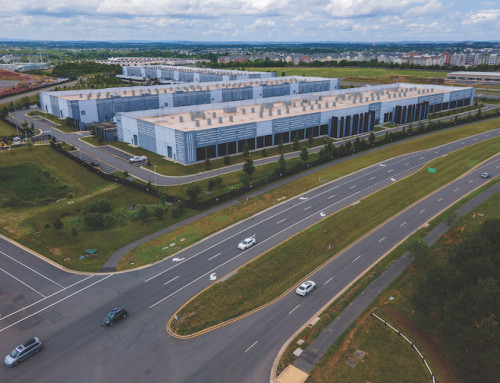WASHINGTON (AP) — A growing number of people are falling behind on paying their bills to keep on the lights and heat their homes, according to a new analysis of consumer data.
Past due balances to utility companies jumped 9.7 percent annually to $789 between the April-June periods of 2024 and 2025, said The Century Foundation, a liberal think tank, and the advocacy group Protect Borrowers.
The increase has overlapped with a 12 percent jump in monthly energy bills during the same period.
Other economic analyses on consumers suggest their finances are stable despite some emerging pressures.
The New York Federal Reserve has said delinquency rates of 90 days or more for mortgages, auto loans and student debt have each increased over the past 12 months, though it said mortgage delinquencies are “relatively low.”
An analysis of debit and credit card spending by the Bank of America Institute showed that consumers’ “overall financial health looks sound.”
Consumers usually prioritize their utility bills along with their mortgages and auto debt, said Julie Margetta Morgan, the foundation’s president. The increase in both energy costs and delinquencies may suggest that consumers are falling behind on other bills, too.
“There’s a lot of information out there about rising utility costs, but here we can actually look at what that impact has been on families in terms of how they’re falling behind,” Margetta Morgan said.
Difficulty in paying electricity and natural gas bills reflect something of an economic quandary for President Donald Trump, who is promoting the buildout of the artificial intelligence industry as a key part of an economic boom he has promised for America. AI data centers, however, are known for their massive use of electricity and could further increase utility bills for everyday Americans.
Those issues also come as Trump faces political pressure from voters fed up with the high cost of living. The president earlier this week spoke about the economy and affordability issues at an event hosted by the McDonald’s fast food company.
“We have it almost at the sweet spot and prices are coming down on different things,” Trump said at the event, adding that inflation has been “normalized” at a “low level.”
Fast-rising electricity bills could be an issue in some congressional battlegrounds in next year’s midterm elections.
Trump has put a particular emphasis on prices at the pump. Gasoline accounts for about 3 percent of the consumer price index, slightly less than the share belonging to electricity and natural gas bills — meaning that possible savings on gasoline could be more than offset by higher utility bills.
Nearly 6 million households have utility debt “so severe” that it will soon be reported to collection agencies, according to the foundation’s analysis, drawn from the University of California Consumer Credit Panel.
The Trump administration has so far said it has no responsibility for any increases in electricity prices, since those are often regulated by state utility boards. The White House maintains that utility costs are higher in Democratic states that rely on renewable forms of energy.
“Electricity prices are a state problem,” Treasury Secretary Scott Bessent told ABC News this month. “There are things that the federal government can control. Local electricity prices are not one of them.”









